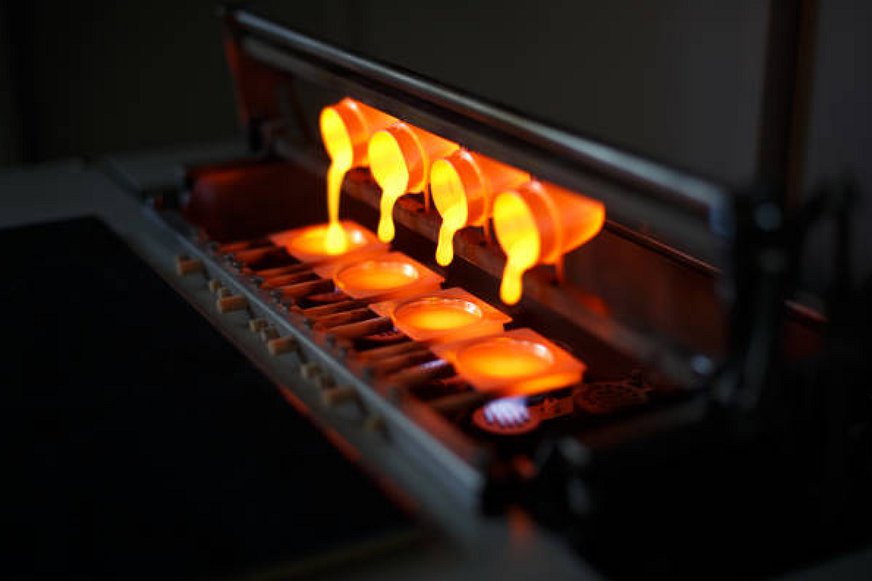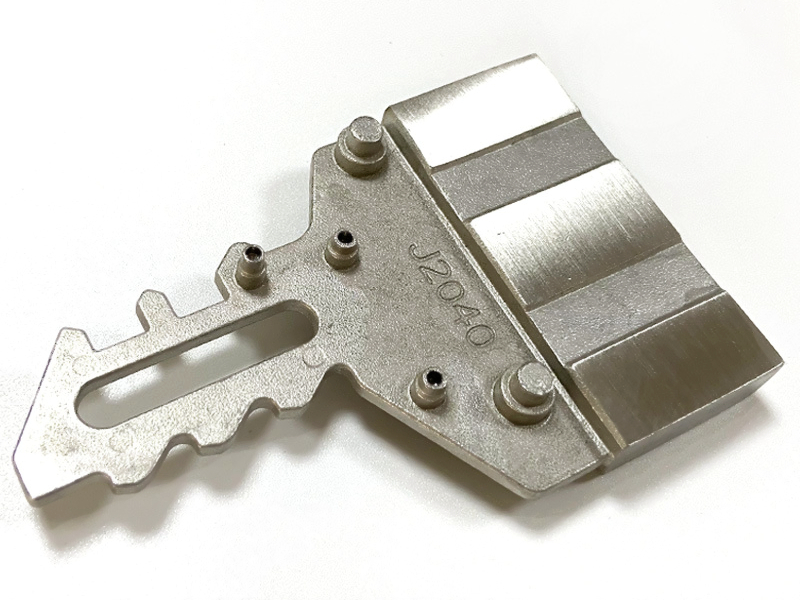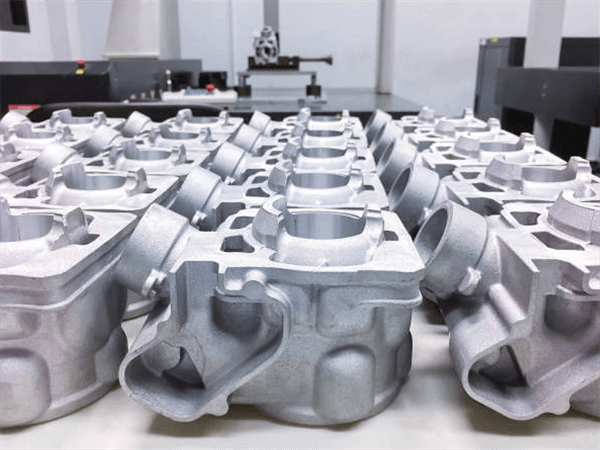When to Choose Gravity Casting Service for Your Project? Why?
Gravity casting, also known as permanent mold casting, can be ideal for manufacturing metal components for specific applications. This article will examine when gravity casting is the optimal choice over other casting methods or machining processes to meet project requirements. Critical factors like part geometry, production quantities, material options, quality needs, lead time, and cost will be analyzed.
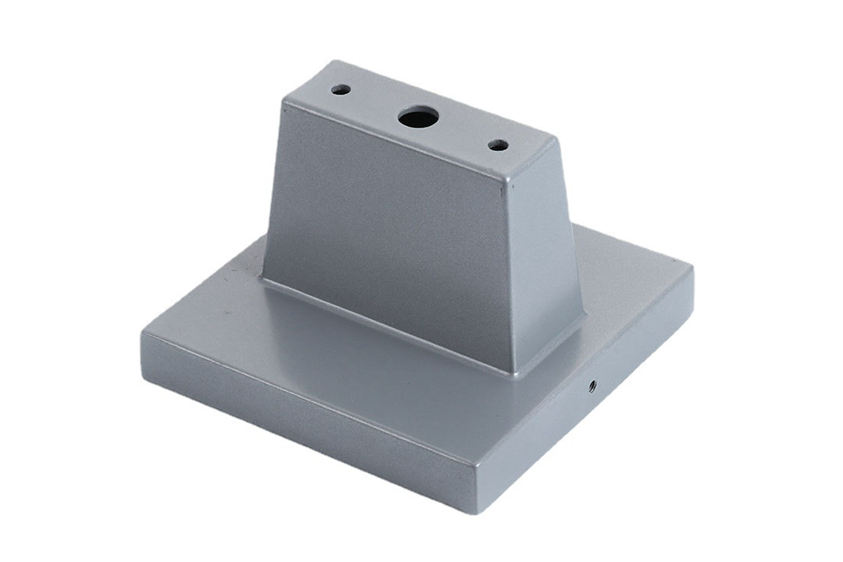
What is Gravity Casting?
Gravity casting relies on the force of gravity to fill metal molds positioned below a pouring basin. Once the mold cavity is filled, the liquid metal solidifies into the desired shape. The mold remains stationary during the pouring and solidification process with no applied pressure.
The critical advantage of gravity casting is its use of reusable metal molds, typically made from cast iron, steel, or aluminum alloys. It enables repeatable production of consistently dimensioned castings with good surface finish at a relatively low cost. Simple castings may only require a two-piece mold, while more complex parts use multi-piece molds for easy part extraction.
Gravity casting excels at producing lower-volume parts ranging from a few ounces up to 50 lbs. Gravity casting has a lower initial cost and higher part complexity than die casting. Gravity casting has better tolerances and surface finish than sand casting. It offers a good balance of tooling cost, flexibility, lead time, and quality.
When to Use Gravity Casting Over Alternatives
According to the product's performance, requirements, and quantity, selecting the proper process can significantly save production costs. Here are the main scenarios where gravity casting would be the optimal process selection over the other main options like sand casting, die casting, or machining:
Lower Production Volumes
Gravity casting service is ideal for production volumes between 25-10,000 parts. Sand casting service may be more economical for shallow volumes under 5000 units by avoiding tooling costs. And for genuinely high production above 10,000 parts, die casting service offers faster cycle times and higher automation. But for the moderate volume range in between, the reusable molds of gravity casting provide the right balance of costs and manufacturing efficiency.
Part Size Requirements
The size range capability for gravity-cast parts is from a few ounces to around 50 lbs maximum. It makes it suitable for small to medium-sized components. Precision die casting would benefit very tiny complex parts under 1 ounce more. For singular large parts over 50 lbs, sand casting may be the only option. So when your prospective part falls within the general size range of 1 ounce to 50 lbs, gravity casting should be considered.
Complex Internal Geometries
Gravity casting can produce castings with complex internal cavities, voids, and passages by using soluble or collapsible sand cores. These are placed inside the metal mold to displace liquid metal during pouring. This core removal after solidification facilitates intricate cast geometries unachievable by machining or other methods. So parts with hollow interiors, deep recesses, or undercuts are good candidates for gravity casting.
Dimensional Accuracy and Tolerance
The metal tooling used in gravity casting enables repeatable production of net shape parts with tight dimensional tolerances down to ±0.5% of casting dimensions. It significantly improved over the typical ±1-2% range for sand castings. Precision machining can achieve even tighter tolerances but with higher raw material and processing costs. Gravity casting offers a cost-effective solution When your application requires accuracy in the ±0.5% tolerance range.
Surface Finish Requirements
The typical as-cast surface finishes produced with gravity-casting molds range from 125-250 μin (3.2-6.4 μm ) RMS. Only minor finishing operations like sanding or polishing are needed to achieve smooth surfaces. Such as gravity castings powder coating. It can reduce secondary processing compared to sand-cast parts. Gravity casting can fulfill the requirements when an excellent cosmetic appearance or surface function is needed.
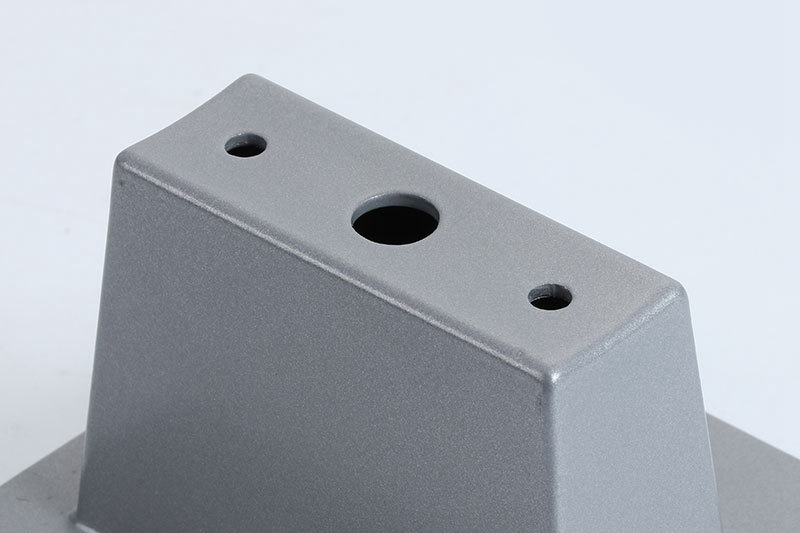
Responsiveness and Lead Times
A key benefit of gravity casting is the relatively short lead times, fast turnaround on design changes, and rapid delivery for prototype or new product introduction needs. Simple molds can be machined from metal blocks within 2-3 weeks. New resin-bonded sand cores for design mods can be produced in 1 week. Total lead times from CAD to castings in hand can therefore be as little as 4-6 weeks. This responsiveness makes gravity casting ideal for short-run requirements.
Non-Ferrous Alloys
While gravity casting can produce some ferrous alloys like carbon steels, its real benefit is for non-ferrous materials, including aluminum, zinc, copper, magnesium, and their alloys. The permanent mold process avoids integral blackening and oxidation that affects the sand casting of these metals. Gravity casting produces high-integrity castings for non-ferrous applications ranging from electrical enclosures to pump housings.
When Design Prevents Green Sand Casting
Certain design aspects, like thin walls, tight tolerances, or cored passages, may challenge traditional green sand molds poured in a foundry. Gravity casting offers a "cleaner" permanent mold approach that simplifies the tooling and avoids sand inclusions. It makes it suitable for more complex or higher-precision parts where green sand is not feasible.
Secondary Machining Requirements
The combination of gravity casting followed by CNC machining is ideal when the basic part shape and integral features can be cast, then critical mating and precision surfaces are machined. Starting with a near-net shape casting minimizes raw material use and machining time. This hybrid approach can optimize cost for medium-complexity parts.
Consider both the Initial and Lifetime Costs
While the initial tooling investment for gravity-casting molds is higher than for sand casting, the ability to reuse the molds for years lowers the amortized tooling cost per part. And scrapped parts are far less likely with gravity casting's consistency. Weigh initial tooling costs and potential lifetime production savings when deciding between gravity and sand casting.
In summary, for lower-volume complex metal components where quality, dimensional accuracy, surface finish, and fast turnaround are critical, gravity casting should be strongly considered. The right balance of short lead times, cost efficiency, flexibility, and part quality is achieved with gravity casting across a wide range of standard applications. Consult an experienced gravity casting supplier to determine if it is the optimal process choice for your next project.
